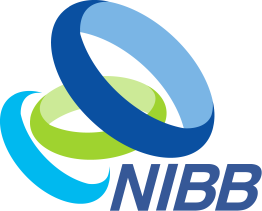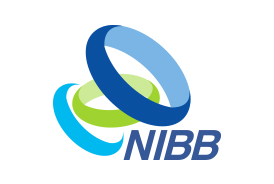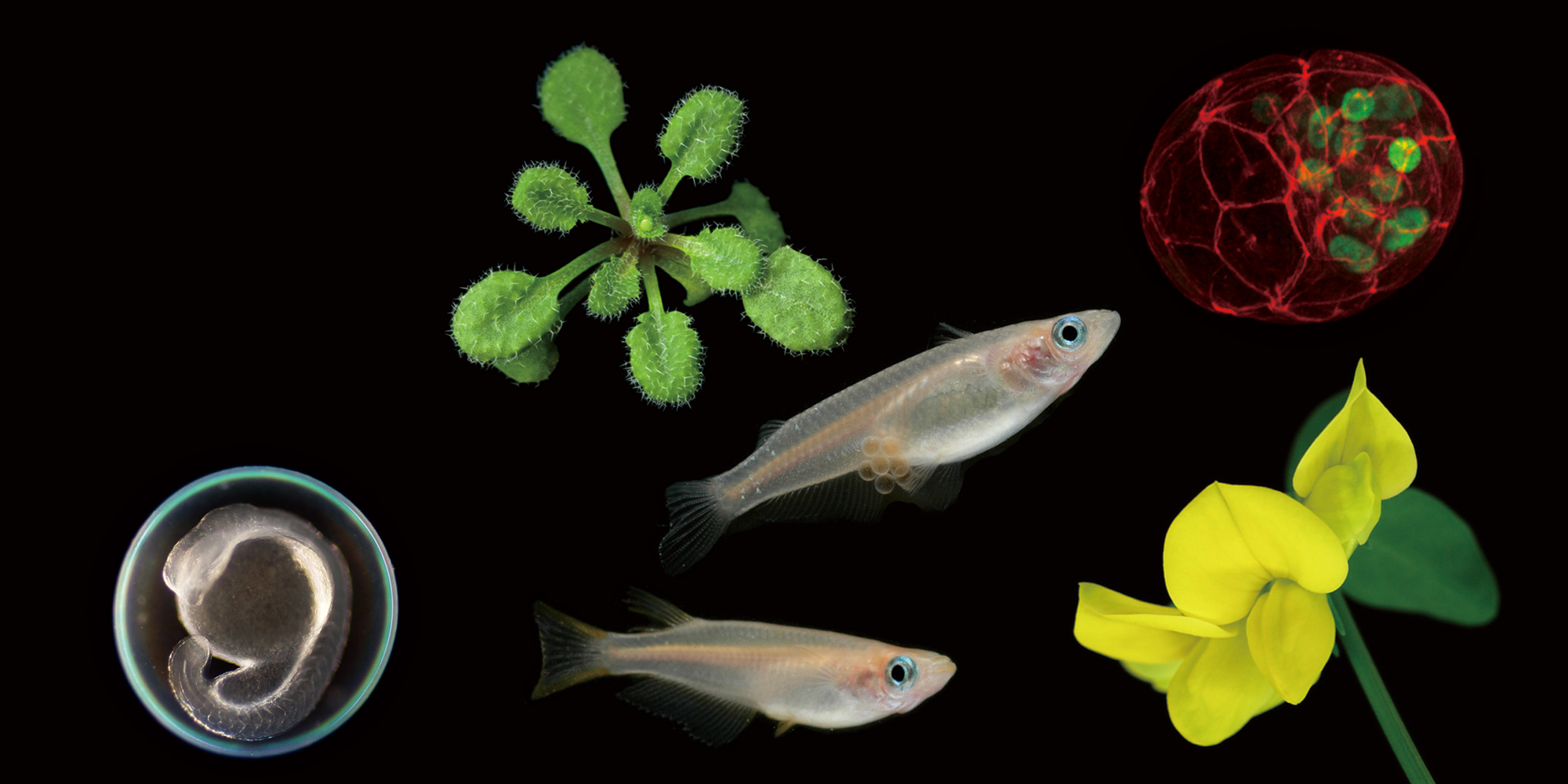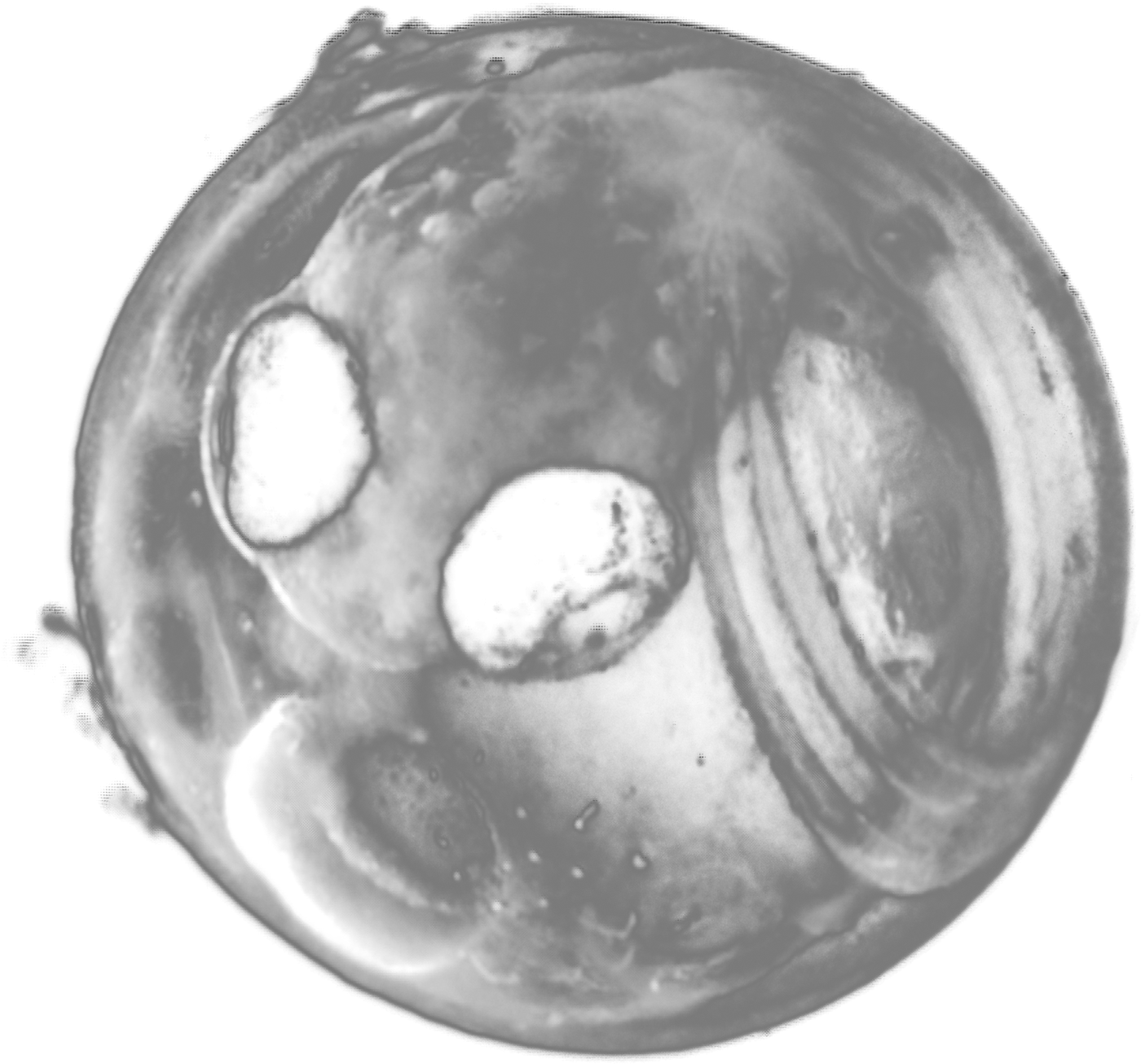2025.04.15 Lab Seminar
Developmental heterochrony underlies the evolution of extreme body axis segmentation in A.japonica eels
Dr. Ali Seleit (Developmental Biology Unit (Aulehla group), European Molecular Biology Laboratory (EMBL) Heidelberg, Germany)
2025. 04. 15 (Tue) 16:00 ~ 17:00
Seminar room 1, Myodaiji (132-134)
Optics and Imaging Facility, Yasuhiro Kamei (7630)
In this work we leverage the recently sequenced A.japonica eel genome coupled with the ability to artificially induce spawning to delve into the developmental mechanisms governing body axis segmentation in A.japonica eel embryos. We show that a developmental heterochrony underlies the evolution of extreme body axis segmentation in A.japonica. While both overall developmental tempo and the rate of somite addition is strikingly similar between A.japonica and zebrafish, eel embryos dramatically expand the temporal window of somitogenesis, well beyond embryonic stages, enabling a significant increase in somite counts. Using multiplexed HCRs and 4D imaging of injected eel embryos we show that this heterochrony is driven molecularly by a unique spatial organization of neuromesoderm progenitors (NMPs) that act as temporally and spatially restricted stem cell pools in the PSM during axial elongation. Our results reveal that significant tissue rearrangements and cellular intercalation (not volumetric growth) drive axis elongation in eels. Relatedly, we report the existence of precise intra-embryo scaling of PSM to somite size over a wide morpho-space that terminates once a developmental constraint (somite size limit) is reached. In addition, we reveal that major PSM patterning genes have unique temporal and spatial expression profiles in eels underscoring the evolvability of PSM organization across vertebrates. Lastly, we show that a temporal extension of oct4 and lin28a/b expression coupled with a delay in hox13 cluster activation maintains the NMPs in the PSM enabling the significant temporal extension of somitogenesis in eels. Strikingly this temporal extension does not delay the timing of other embryonic processes or overall developmental progression. Our results highlight the modularity of developmental processes and how evolutionary tinkering with the duration and relative timing of said programs can underlie major morphological innovations in vertebrates.







